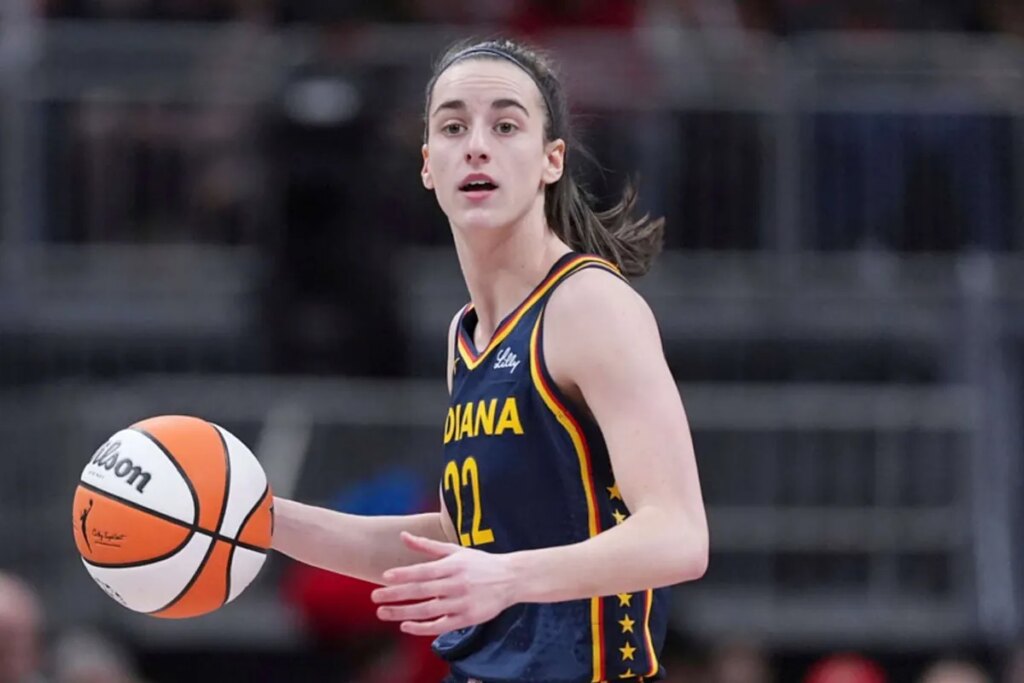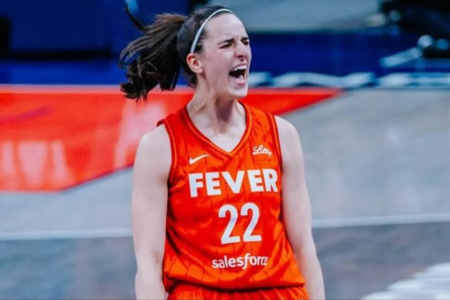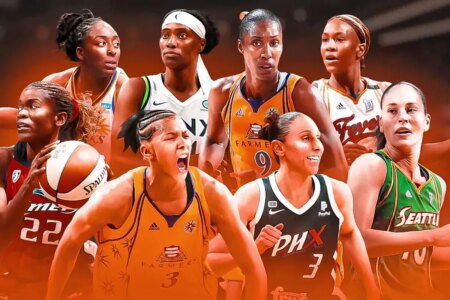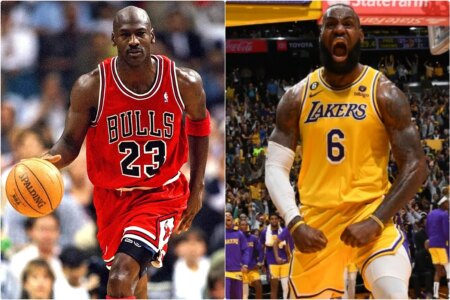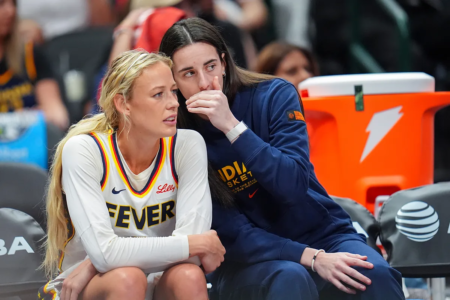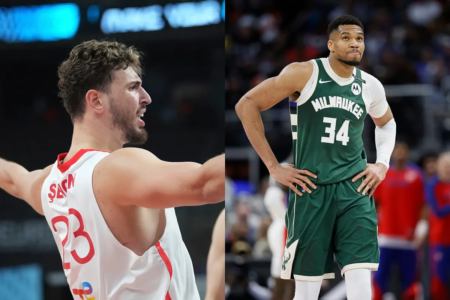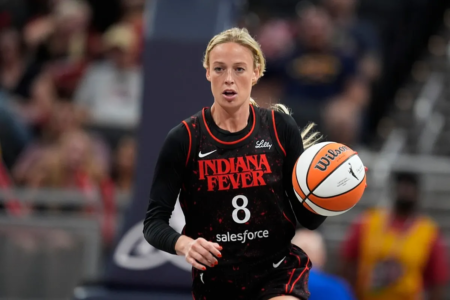Saturday night’s WNBA All-Star Game in Indianapolis was historic-not just for its oncourt action, but for the powerful statement delivered by the league’s top athletes.
Even though Indiana Fever phenom Caitlin Clark was sidelined by a groin injury, her presence from the bench added gravitas to the moment as players united under a shared message on their pregame warmup gear: “Pay Us What You Owe Us.”
Caitlin Clark, who watched the game in street clothes, has been instrumental in transforming the WNBA’s public profile.
Yet despite her enormous impact, she remains confined to a standard rookie contract, making approximately $78,000 for the 2025 season and roughly $338,000 over four years, underscoring the league’s pressing pay disparity.
Midgame protest echoes growing frustration
The protest shirts worn by All-Stars before tipoff sent a crystalclear message about the status of collective bargaining negotiations.
The current CBA expires October 31, and although over 40 players participated in a meeting with league officials earlier in the week, they walked away dismayed, calling the talks “a wasted opportunity”.
Fans responded in kind, chanting loudly during MVP Napheesa Collier’s presentation, chanting “Pay them!” as defense of player compensation.
Breanna Stewart, VP of the WNBPA, emphasized the importance of unity: “We have strength in numbers, and we know that we don’t always have this opportunity to be together like this.”
This was no impromptu gesture. The WNBA Players Association now sells the licensed protest t-shirts, turning solidarity into solidarity with purpose, and raising public awareness.
Pat McAfee slams wage disparity
Reflecting on the weekend during Monday’s episode of the Pat McAfee Show, he took aim at the glaring gap between elite athlete pay and today’s pro environment.
“She’s making $70,000 or something,” McAfee remarked of Clark‘s salary, contrasting it with the nearly identical prices for premium game suites: “They’re charging $70,000 for a suite at some of these games that Caitlin Clark is playing in…. $70,000 as a paycheck, that’s an embarrassment.”
He advocated raising salaries to at least $100,000 per player.
McAfee did contextualize the issue, acknowledging league losses of possibly $40 million annually, which complicates attempts at higher salaries, but he reiterated that now is a critical moment to invest in the players.
Structural inequity laid bare
The push for a revised collective bargaining deal centers on more than base pay: players want a revenuesharing formula that mirrors the NBA model, where athletes receive approximately half of basketballrelated income.
Today, WNBA athletes reportedly get under 10%, and some sources say it’s as little as 9.3%, of the league’s total revenue. In stark contrast, the NBA’s revenueshare runs between 49% and 51%.
This disparity persists despite a surge in the WNBA’s popularity. Viewership is up over 20%, attendance is at its highest in years, merchandise sales are booming, and expansion teams, Toronto and Portland, debuts are imminent.
Yet, frustration runs deep: Breanna Stewart called the league’s recent bargaining proposals “a slap in the face” and criticized their vagueness.
Read the full article here





